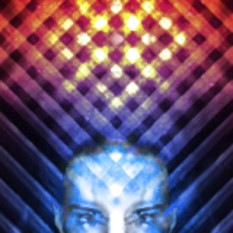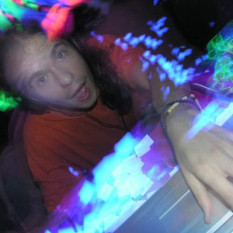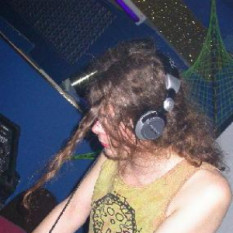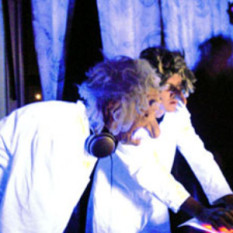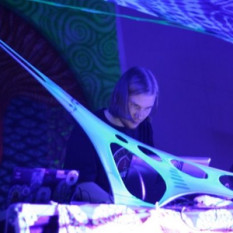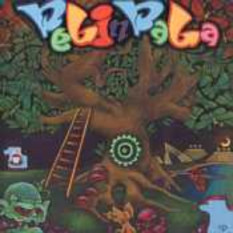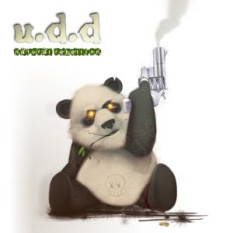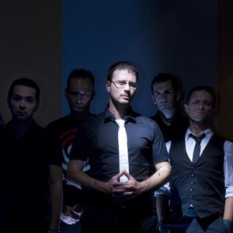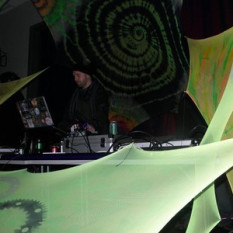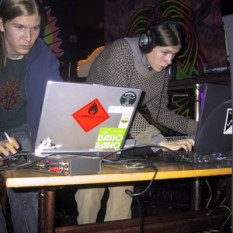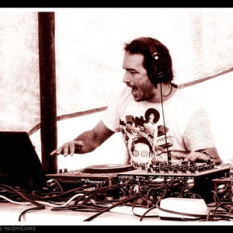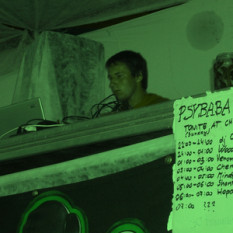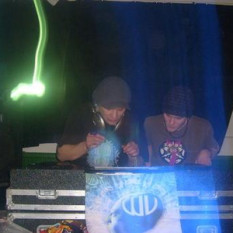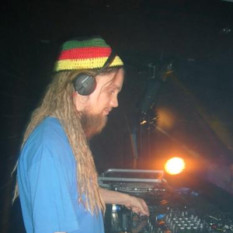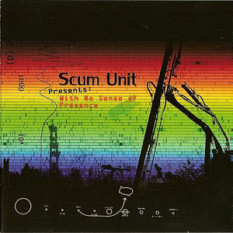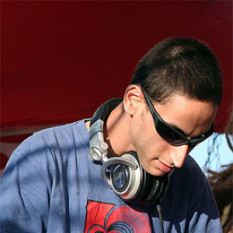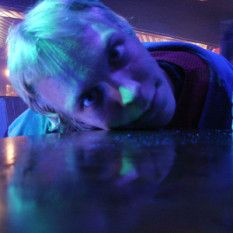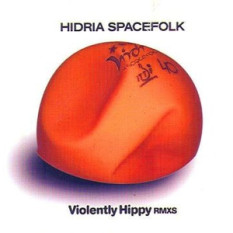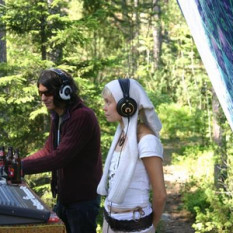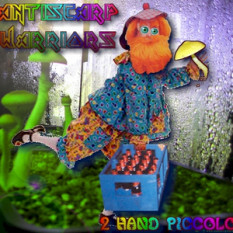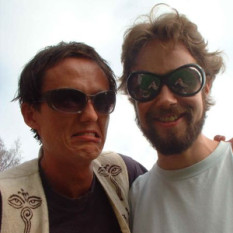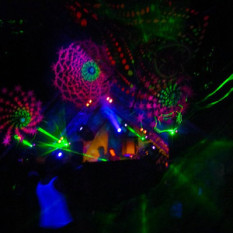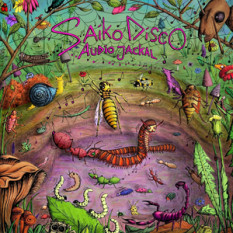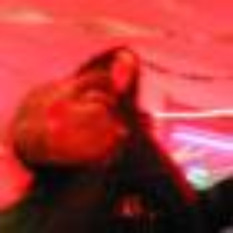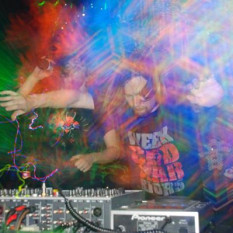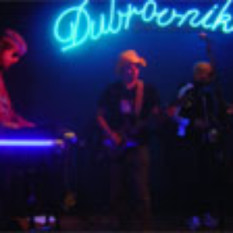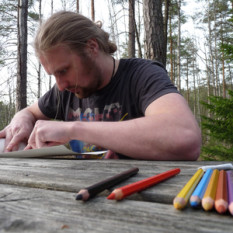Suomisaundi (sometimes called suomistyge, suomisoundi, or spugedelic trance) is a style of freeform psychedelic trance, originating from Finland. Suomisaundi literally means "Finnish sound" in Finnish slang. The term "spugedelic" is comically derived from "psychedelic" and spuge, meaning "an alcoholic" or generally a bum in Helsinki slang. The term spugedelic was likely first used by suomisaundi artist Huopatossu Mononen, releasing a track called Kikapelaus (A Spugedelik Return To Monoverse). It seems "suomisaundi" might be the most commonly used term for Finnish psychedelic trance, since there's also a popular Soulseek chat room that has the same name.
The "Suomi" style of trance music is also produced in Australia and New Zealand, where there's a steady fan base of both Finnish and Australian style psytrance music - however only Finns usually refer their style as "suomisaundi" whereas abroad the term to this type of music is usually something like "freeform" psytrance. The genre knows no limits and isn't usually anywhere near as "strict" as most current (full on) psytrance songs are. The most recognizable element of this style is that it has no set definition of styles or rules apart from basic trance elements such as the four-on-the-floor kick drum. The songs are usually very melodic, including a lot of influences from early Goa and acid trance tracks, as well as funky guitar/organ loops and sounds from or reminiscent of 1980's video and computer games. Finnish nature has also played a great role in the direction of the Finnish sound. Nowadays you can find artists from many countries in the world such as Australia, Japan and eastern European countries making funky underground psytrance , which consider by many to be suomi-sound style music although is not directly from Finland.
The songs might also include weird sampling, effects, tricky drum fills and breaks, as well as speech samples in Finnish or in English. On many occasions there are also forms of strange humor and/or self-irony in the music or in the track titles. Some even describe the Suomi-style of psy-trance as anarchistic and almost punk in the trance music scene, because the songs are usually very different and progressive compared to the "more mainstream" European psy-trance tracks. Some criticise suomisaundi because it sometimes lacks production quality and tracks may not offer such high-fidelity sound as central European trance tracks. The fans and friends of the style defend suomisaundi by saying that the tracks are usually "more organic" than most popular psy-trance tracks. This view could be partly explained by the fact that there's a very steady forest party scene in southern Finland where suomisaundi is played almost exclusively throughout the night.
Finnish acid, Goa and psychedelic trance has been produced in Finland throughout its existence, starting from the early 90's right when the Goa/acid trance culture itself started to form. There are many artists in Finland producing suomisaundi style of music, but a few of the main characters that started the "suomisaundi-fuzz" are considered to be GAD, Squaremeat, Texas Faggott, Pelinpala, Haltya, Kiwa and EvsY. GAD released their album "Apollo 3D" back in 1996 on Exogenic Records, the first release from the label. This album can be considered to be the very first "suomisound" album ever released.
Texas Faggott, released by Australian Psy-Harmonics label in 1999, is considered by many as one of the early relics of the weirder-edge suomisaundi. The popularity of Texas Faggott grew amongst the Finnish trance scene with their second release, Petoman's Peflett in 2001. Especially group member Tim Thick has been an active promoter of Finnish psy-trance, as he established and operated Thixx'n'Dixx (http://thixxndixx.stc.cx/) in 2000, a site offering free MP3 downloads from almost all the existing Finnish psy-trance artists, including tracks from his own groups. After its initial opening, the Thixx'n'Dixx site grew, offering new mp3 albums from different suomi-style artists and eventually became so popular that it was even mentioned in a pop music program aired on Finnish national TV.
Pelinpala released his album "My CD has landed on the nextdoor neighbours dog" in October 1999 on legendary Demon Tea recordings (Australia). Pelinpala's album was a mixture of extreme psychedelia and considered one of the classic psychedelic suomi-sound albums. Pelinpala later became active in another well established Finnish old school psychedelic project Haltya. So far Haltya has released 3 albums, Forest Flavor, Electric Help Elves & Book of Nature and a good number of other published works in their unique style of funky forest sound. Haltya is considered to be one of the psy originals in the world, due to their characteristic aproach in music. They are one of Finland's most wanted live acts abroad. Main figure behind Pelinpala & Haltya is producer/composer Tommi Sirkia, who is responsible for a wide range of musical contributions in Finnish modern electronic dance music, and is one of Finlands most internationaly acknowledged electronic music producers today.
Squaremeat have done their power disco music for a very long time as well, especial DJ pepe the long time experienced producer from squaremeat and one of the founders of the midiliitto used to be involved in the project o-men and released some of their very early works on legendary blue room records back in 1998.
Other bands worth noticing are Kiwa, EvsY, Highpersonic Whomen and Mandalavandalz for their contribution to the Suomi-sound internationally.
Since 2000, the global interest towards Finnish trance has grown a lot and many Finnish groups have performed abroad. However, usually outside Finland, the Suomi-style is still considered a weird delicacy. Most notable suomisaundi audiences outside Finland are in Russia, Japan and Australia. The Japanese 6-Dimension Soundz concentrates almost only in releasing suomi-style trance. Two of the most notable record labels in Finland releasing suomisaundi albums are Exogenic Records and Freakdance Records, but many of the popular Finnish trance-artists might not have recorded ever, making their music only available as MP3's on the Internet. After site-hosting problems and excessive bandwidth usage, the Thixx'n'Dixx site operates nowadays merely as a suomisaundi link catalogue, offering links to individual suomisaundi artist pages at mikseri.net, which is a Finnish MP3 community for unsigned/independent artists. Another popular MP3 download site for suomisaundi songs is the Antiscarp-website, hosted by members of the Finnish psy-trance group Salakavala. .

